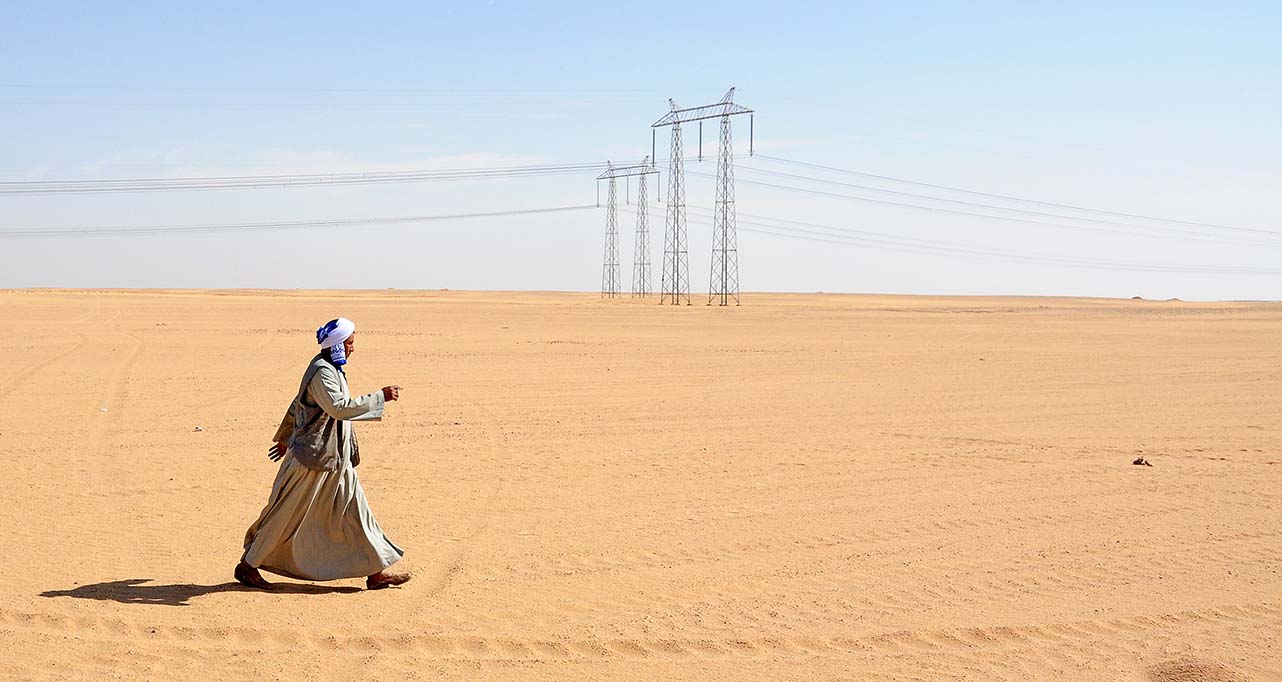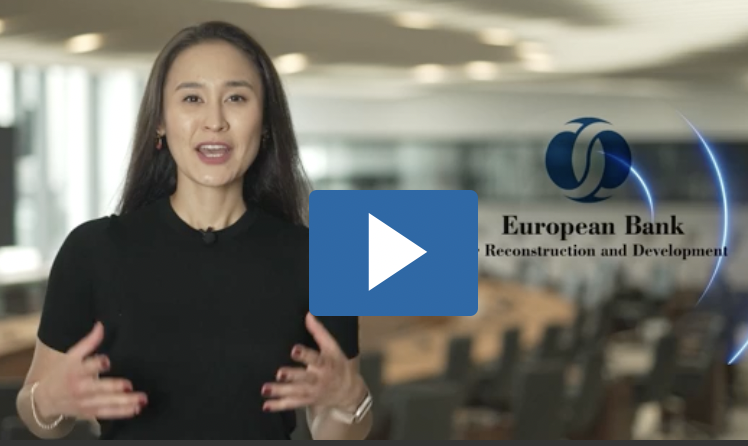Publication
Transition Report
Reform progress and transition indicators
Who we are
Overview: about the EBRDWho we are
Overview: about the EBRD
Learn about the EBRD's journey to investing more than €210 billion in over 7,500 projects.
What we do
Overview: how the EBRD operatesWhat we do
Overview: how the EBRD operates
Through projects, business services and involvement in high-level policy reform, we're doing more than ever before.
Work with us
Overview: how you can work with the EBRDWork with us
Overview: how you can work with the EBRD
We draw on three decades of regional knowledge and financial expertise to tailor our products and approaches to each client's needs.
July, 2019

By Dan Meshulam and Peter Sanfey
Real exchange rates in the transition region have been relatively volatile over the past two decades, with major variation across countries and over time. In most countries, there was a shift between the pre-global crisis period, when the region saw significant real appreciation of currencies, and the post-crisis period during which real exchange rates have been mostly stable or depreciating. In broad terms, real exchange rates have tended to move in line with GDP growth and productivity rates, albeit with important exceptions. Our empirical results show some support for the traditional Balassa-Samuelson hypothesis, according to which real appreciation is driven by productivity differentials in the traded goods sector. Other factors, including government consumption, terms of trade, and capital inflows, do not seem to be significant drivers of real exchange rate movements.
For media enquiries related to this working paper, please contact Ksenia Yakustidi, Media Adviser at the EBRD’s Office of the Chief Economist
YakustiK@ebrd.com
All Working Papers
The Working Paper series seeks to stimulate debate on transition in the EBRD regions.
